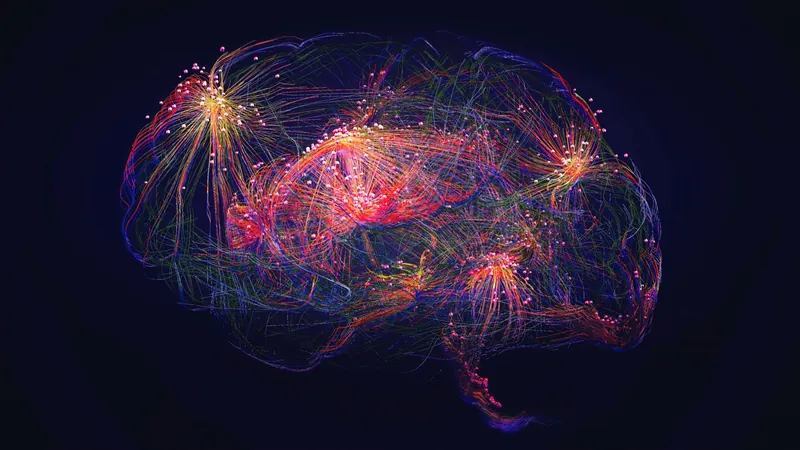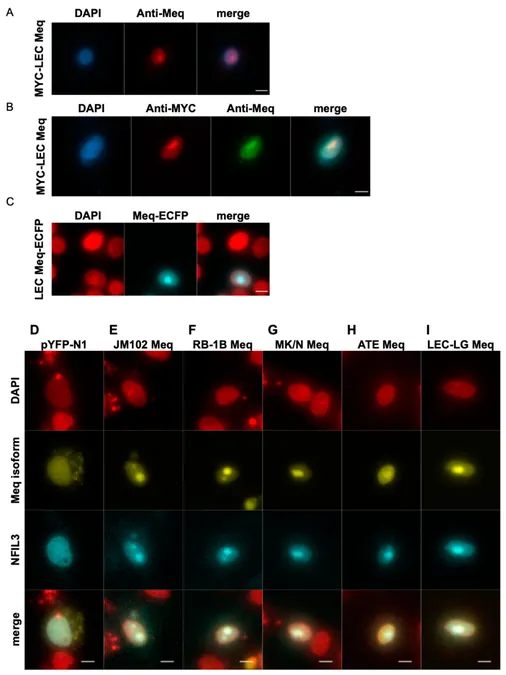
Revolutionary Super-Turing AI: Merging Energy Efficiency and Human-Like Intelligence
2025-03-28
Author: Arjun
Artificial Intelligence (AI) has undeniably transformed modern technology, demonstrating its prowess in tackling intricate tasks that previously took humanity eons to accomplish. From analyzing colossal datasets to executing complex calculations, AI has seemingly become a limitless tool. But as we rush towards a future dominated by AI, a pressing question arises: what is the hidden cost of this technological marvel?
A Silent Energy Drain
Current AI models thrive on vast data centers that consume staggering amounts of electricity. While the human brain performs comparable feats of computation on a mere 20 watts, this disparity raises alarms about the sustainability of AI in our energy-conscious world. Recent studies show that modern data centers often operate in the gigawatt range, leading to a substantial carbon footprint and skyrocketing operational expenses.
The Breakthrough: Super-Turing AI
In a groundbreaking development, a team of researchers led by Dr. Suin Yi from Texas A&M University has introduced "Super-Turing AI," an innovative approach that mimics the brain's processing methods to drastically improve energy efficiency while enhancing performance. This paradigm shift is pivotal as organizations scramble to develop ever-larger AI models.
The architecture of Super-Turing AI bridges the current divide between training and memory, integrating these components into a single cohesive system. This design drastically reduces the need for constant data migration between separate hardware elements, a process that has long plagued traditional AI, wasting valuable energy and resources.
Drawing Inspiration From Nature
This pioneering effort not only aims to slash energy consumption but also moves away from the energy-intensive backpropagation method traditionally used in AI training. Instead, Super-Turing AI employs biologically inspired mechanisms like Hebbian learning and spike-timing-dependent plasticity. These methods emulate the way neurons in our brain form and strengthen connections based on real-time activity patterns, promising a more fluid and energy-efficient learning process.
Real-World Applications and Impacts
The potential applications of Super-Turing AI are staggering. Researchers showcased its capabilities using a drone that adeptly navigated a complicated environment without prior programming. This real-time learning capacity, demonstrated while consuming less energy than conventional AI systems, highlights the practical implications of this technology.
As the demand for AI surges, concerns about the environmental and financial sustainability of current practices grow. The introduction of Super-Turing AI is not just timely; it is essential. By dramatically reducing power consumption and minimizing the carbon emissions associated with energy-hungry data centers, this revolutionary technology could significantly reshape the landscape of AI development.
A Sustainable Future for AI
In conclusion, as the AI landscape continues to evolve, the urgency for sustainable innovations cannot be overstated. Super-Turing AI stands at the forefront of this evolution, representing a beacon of hope for the future of intelligent systems. With the ability to maintain or enhance performance while slashing energy needs, this approach could very well become the backbone of next-generation AI, proving that advancements in hardware are just as crucial as software innovations in crafting a more sustainable and effective technological future.
As we march towards a world increasingly reliant on AI, Super-Turing AI not only promises to make intelligent systems more efficient but also ensures that we tread lightly on our planet in the process. The next chapter in AI development is here—will you be part of the revolution?


 Brasil (PT)
Brasil (PT)
 Canada (EN)
Canada (EN)
 Chile (ES)
Chile (ES)
 Česko (CS)
Česko (CS)
 대한민국 (KO)
대한민국 (KO)
 España (ES)
España (ES)
 France (FR)
France (FR)
 Hong Kong (EN)
Hong Kong (EN)
 Italia (IT)
Italia (IT)
 日本 (JA)
日本 (JA)
 Magyarország (HU)
Magyarország (HU)
 Norge (NO)
Norge (NO)
 Polska (PL)
Polska (PL)
 Schweiz (DE)
Schweiz (DE)
 Singapore (EN)
Singapore (EN)
 Sverige (SV)
Sverige (SV)
 Suomi (FI)
Suomi (FI)
 Türkiye (TR)
Türkiye (TR)
 الإمارات العربية المتحدة (AR)
الإمارات العربية المتحدة (AR)